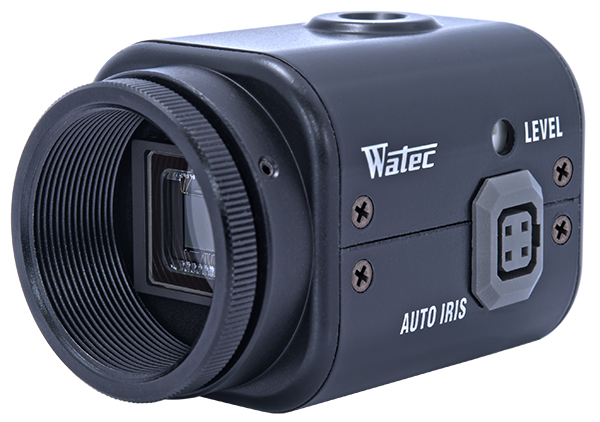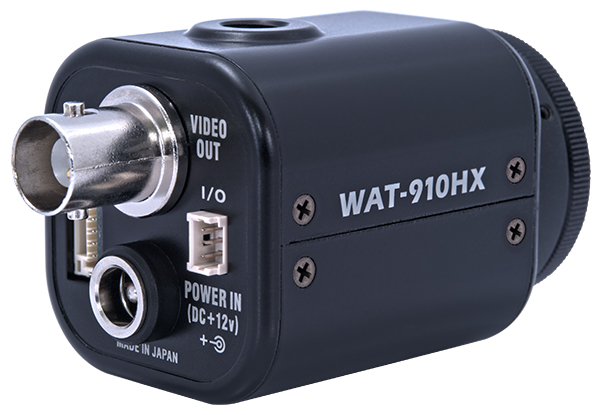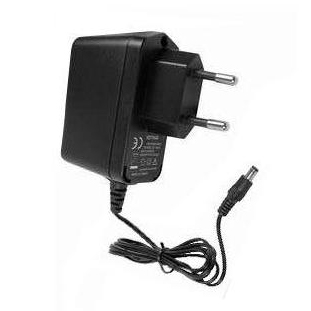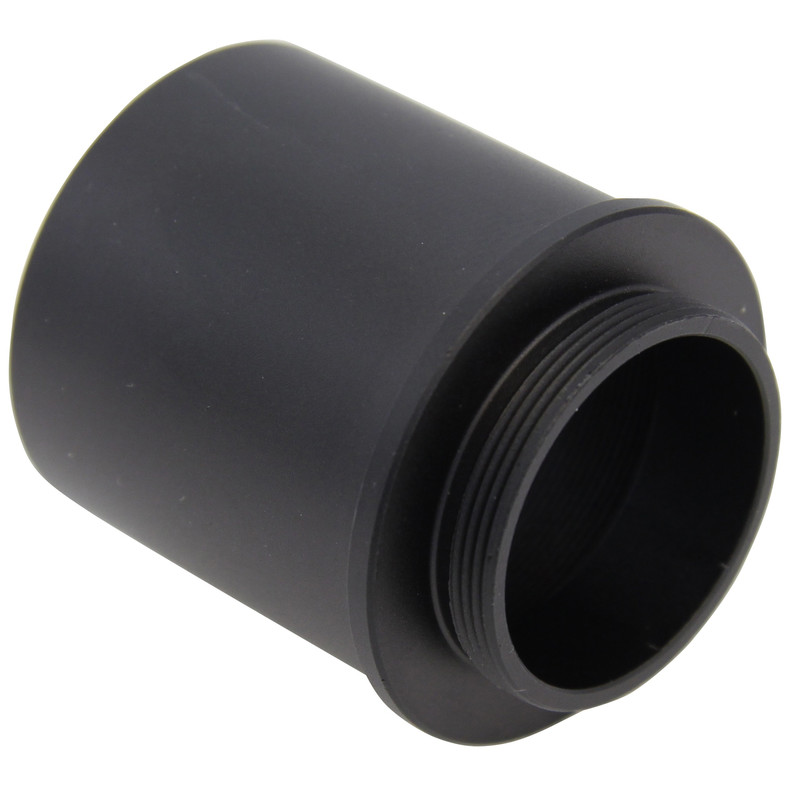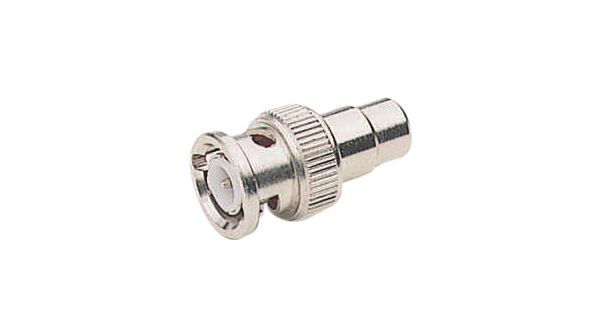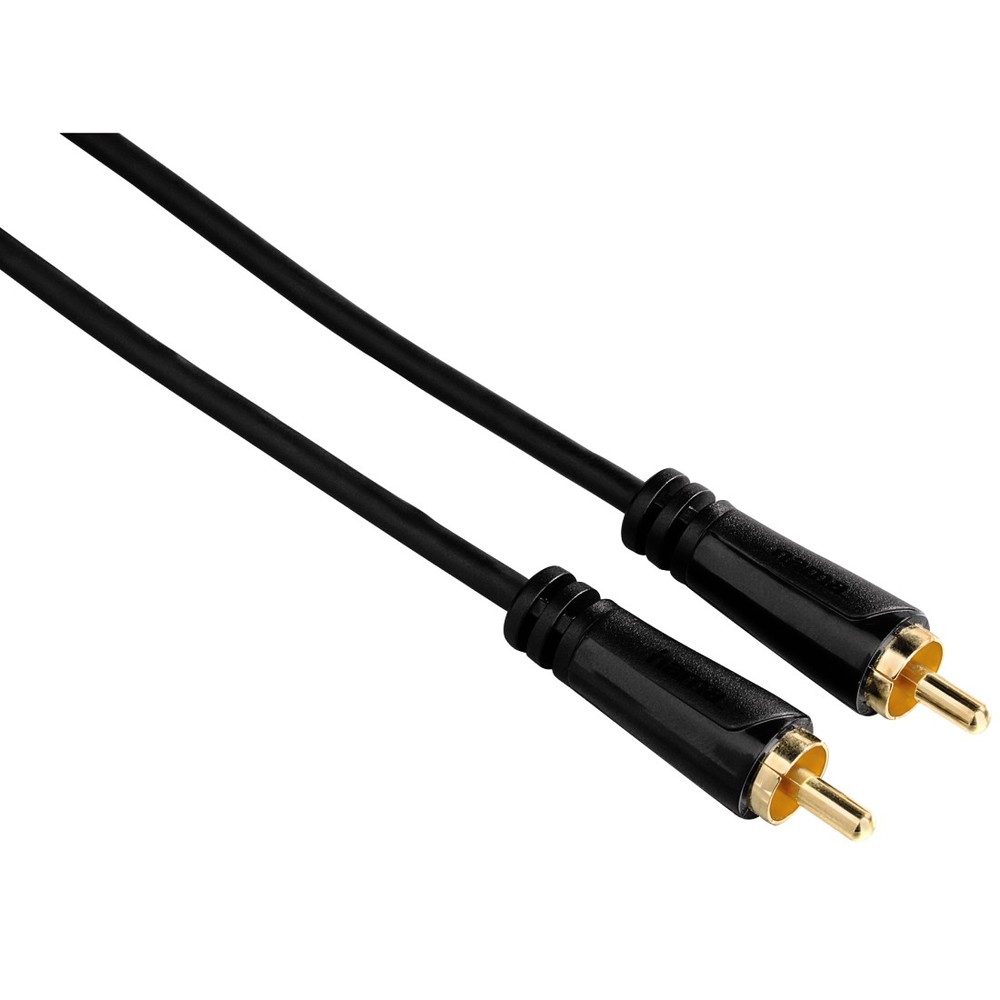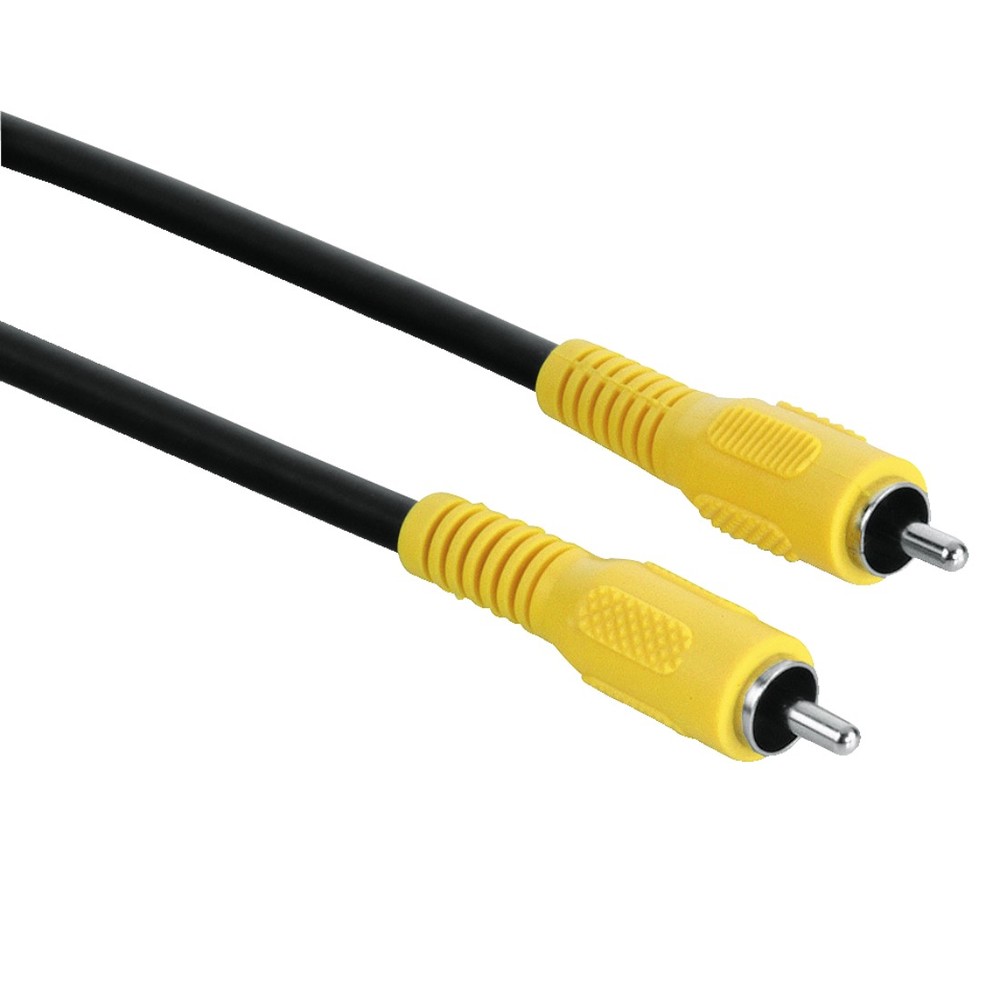Equipment
The objective of the observation includes the precise determination of the moment of the disappearing and re-appearing of the light of an occulted star, observed from a well known location. Many of these stars have a brightness of 12 or 13 mag or less. The change of the brightness during the occultation shall be recorded with the shortest possible frame rate, getting the highest resolution in time. That's why larger telescopes with higher opening ratio are preferred for this purpose.
Nevertheless, there are many events with brighter stars, suitable also for smaller openings (see occultations).
Hereafter it is assumed, that a telescope (with tracking mode) and a portable computer (notebook) are available. For successful observations of stellar occultations, the following equipment is not mandatory, but recommended:
Video Camera:
Video Time Inserter:
Frame Grabber:
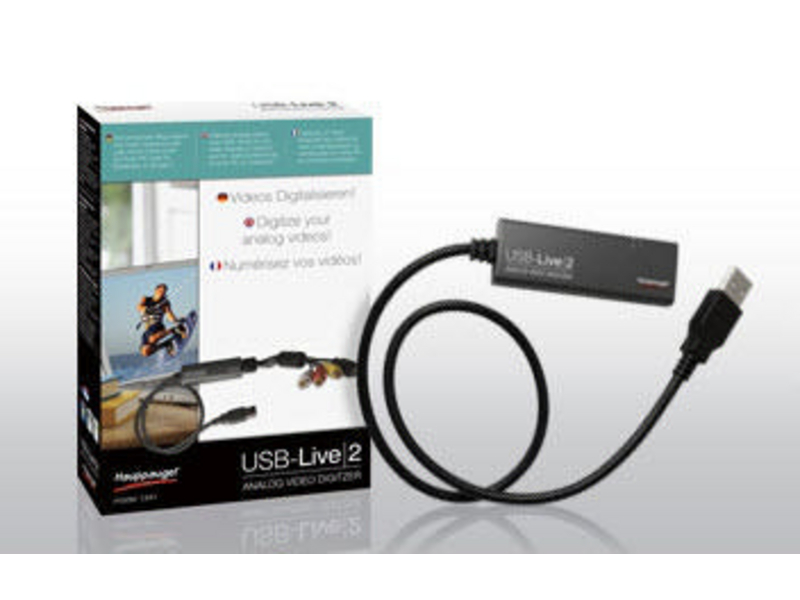 |
Hauppauge WinTV USB-Live 2 |
Digital Video Time Inserter (DVTI) Camera Project:
Update June 19, 2020:
Gerhard Dangl just informed: "I would like to draw your attention to a very interesting project by two Swiss amateur astronomers. It is about the development of a digital USB camera with GPS time stamps for occultation observation.
In the meantime I have tested two different development stages of this DVTI camera with EXTA. The Swiss development team continuously developed the camera hardware and firmware as well as the PC control and recording software. The camera version DVTIv2b already delivers very good and usable results.
Therefore I would like to share this with all interested observers. For this I have created an extra page on my website. Details of the measurements and the results are presented there."
All the above hardware is based on the analogue technology as used in the Watec cameras. But there is currently a project of two SOTAS members ongoing to create a new digital camera where separate Video Time Inserters and Frame Grabers are no longer needed. The camera is currently under development and a lot of testing activities are taking place.
The goal of the DVTI project is to develop a digital video camera targeted mainly at observing star occultations, with the following attributes:
- Precise GPS timestamp from internal GPS receiver module with no delay (integration of the timestamp within the camera into the digital data stream)
- Highly sensitive monochrome image sensor
- Continuous improvement of hard- and software through feedback from the community
- Price as low as possible
The development team consists of Andreas Schweizer and Stefan Meister. To reach the goal of a low price, it is planned to initiate a Kickstarter campain later in 2019 so that components can be manufactured and bought at reasonable prices. In addition, as the camera is developed in the spare time, the time for R&D won't add to the camera price.
Further information about the DVTI project and the development team:
- The Project Website including a wiki, discussion board, "ToDo" list for new features, news, firmware updates, etc.
- The Presentation, held at the ESOP 2019 in Paris (pdf, 6 MB)
- The Poster showed during the ESOP 2019 in Paris (pdf, 56 MB)
 |
 |
 |
 |
| Image sensor AR0130CSSM of prototype V1 |
Image sensor AR0130CSSM of prototype V1 |
Sockets for GPS and data | "Home Base" Observatory Bülach, Switzerland (MPC167) |


